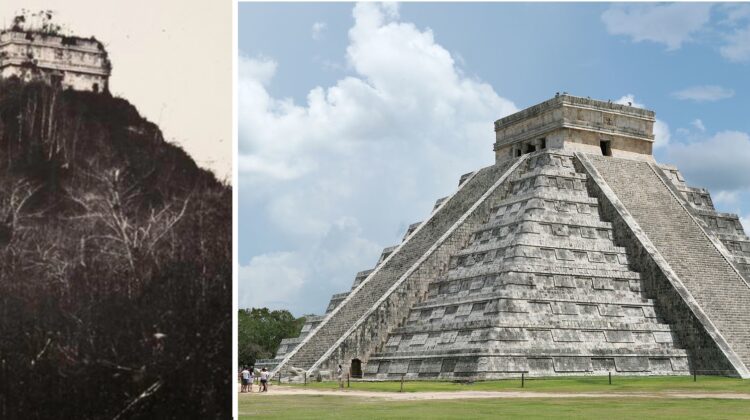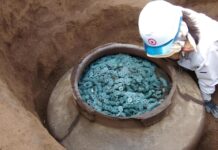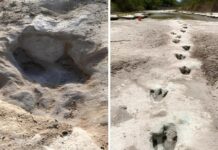The remnants of ancient architecture have a kind of magical aura to most of us in the 21st century. The structures our long-dead ancestors left behind serve as a window through which we might gain a better understanding of them, or alternately, through which we can incorrectly impose our own views upon them.
As the image below of the Mexican site of Chichen Itza illustrates, many of these ancient ruins were in disrepair until the 20th century due to their remoteness or a lack of industrial machinery to repair them. It is only recently that we have been able to restore these sites to their original, pristine state.
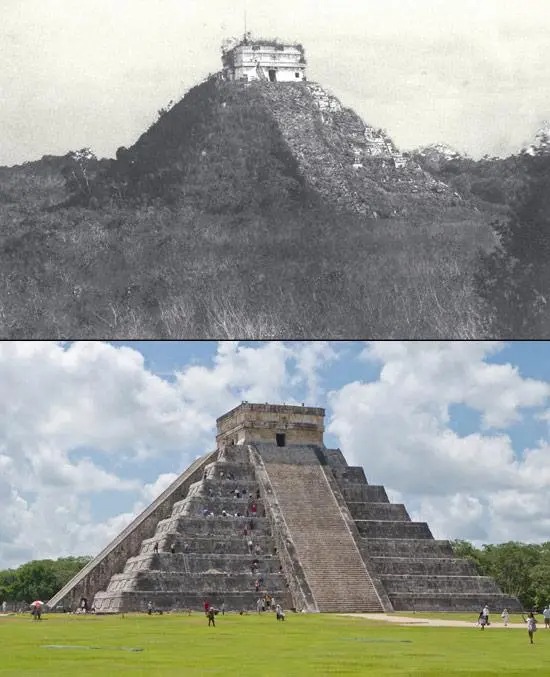
But how far should we go with restoring historic monuments, and how has our effort thus far affected our knowledge of earlier civilizations? Consider how Stonehenge was in the 19th century with how it is today:
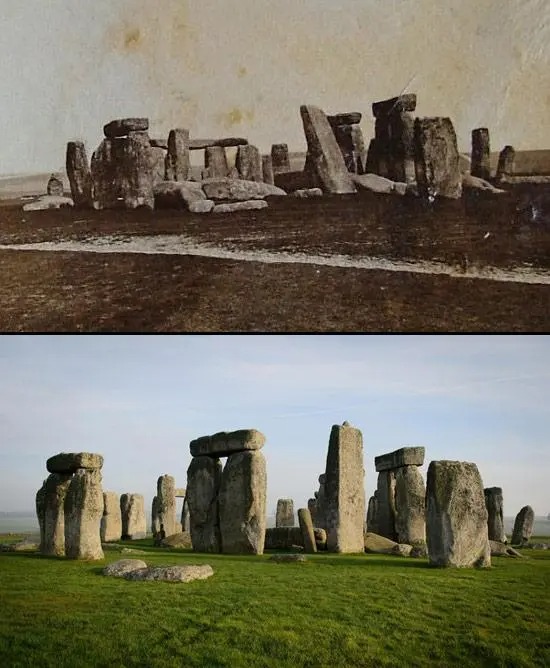
Are we altering the history and the passage of time by repositioning the fallen megaliths? Who else has done it since Stonehenge was initially built, if we haven’t already done it? Or, are we only contributing to the future preservation of a significant site? But how far will we go to keep everything intact? Given that restorations have been ongoing for millennia, the question of when the original disappears and a facsimile takes its place is raised by the fact that the legs of the Great Sphinx in Egypt are now more brick than stone.
When it comes to locations like Ireland’s Newgrange, this concept is stretched to its farthest. Despite ongoing disagreement over whether the quartzite stone discovered at the site were actually used to form a wall or something else, such as a plaza surface, the glittering white wall that surrounds the entrance to Newgrange is a recent building.
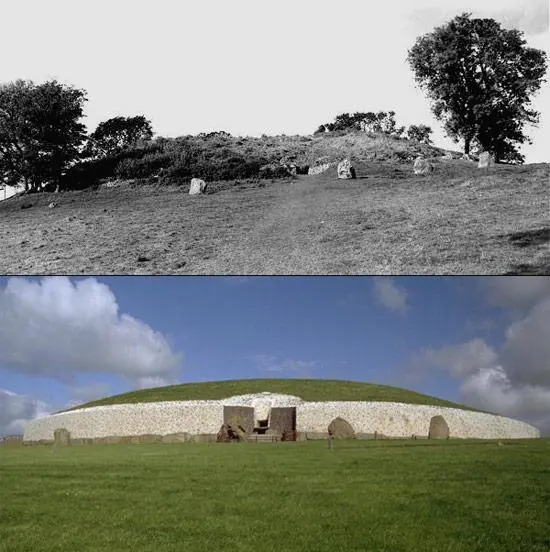
However, it’s possible that worries about our ‘vandalism’ of historic buildings are unfounded. As King Tuthmosis IV’s renovations to the Sphinx 1,000 years after its construction (or at least, the orthodox date of construction…) are now a part of the monument as we know it, we will be regarded in four more thousand years as yet another ancient people who altered an even older edifice.
